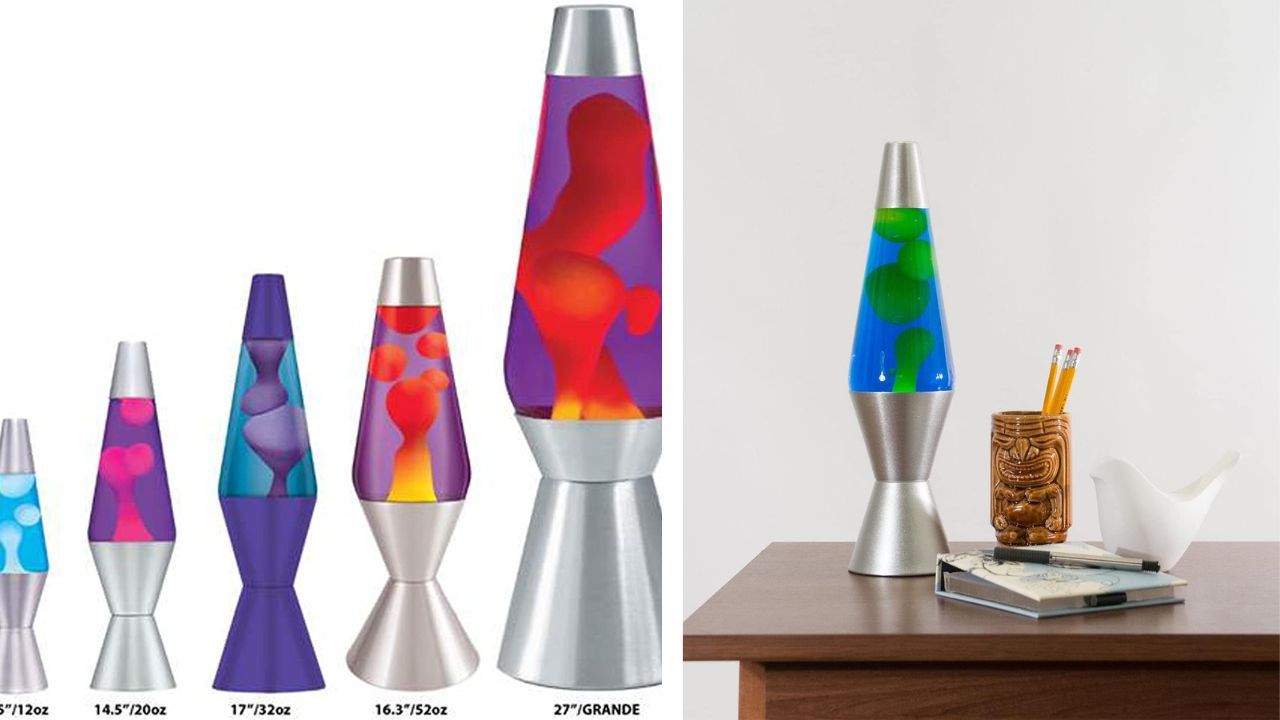Unlock the Mystery of Lava Lamps: Discover How These Mesmerizing Lights Work!
In this article, we'll unlock the mystery of lava lamps and explain exactly how these hypnotic lights operate. Keep reading to find out!

Are you a fan of the mysterious and mesmerizing light that lava lamps provide? Have you ever wondered how a lava lamp works? If so, you’ve come to the right place! Get ready to unlock the mystery of lava lamps and discover why its mesmerizing properties have been captivating people for decades. We’ll take a look at the science behind these groovy lights, and explore some of the fascinating facts that make them so unique. So, let’s get started!
How The Lava Lite Lamp Came About
The Lava Lite Lamp, a tube-shaped light fixture filled with a colored, oily fluid that shifts and changes in a manner reminiscent of molten lava, was created by English engineer Craven Walker. He first saw a prototype of the lamp in a pub in Hampshire, England, and was inspired to make his own. Walker formed the Crestworth Company in Dorset, England and worked on improving the design over the next 15 years. In the early 1960s, it was first marketed as Astro Lite in British stores, but it didn't gain much popularity.
Then, at a 1965 German trade show, two American entrepreneurs saw an early model and bought the rights to manufacture the lamp in North America, renaming it the Lava Lite Lamp. With the advent of psychedelia and pop-art later that decade, the lamp gained a lot of attention and even more popularity. By the time Walker left the business in 1990, he had sold over seven million of his creations.
The Anatomy of a Lava Lamp
A lava lamp is made up of two main components—the liquid base and the wax-like “lava”. The base is typically made up of water, oil, and dye which are all combined together to create a unique color and texture. This mixture is then heated until it becomes liquid. The “lava” is composed of paraffin wax that has been specially formulated to be denser than the liquid base, allowing it to rise up in chunks when heated.
The Science Behind The Iconic Lava Lamp
What truly makes a lava lamp so special is its combination of science and art. The interior of each lamp contains an element called an incandescent light bulb which emits heat when turned on. This heat causes the paraffin wax inside to expand, making it lighter than the liquid base beneath it. As a result, the wax begins to rise upwards forming those iconic globs.
Once these globs reach the top of the lamp, they come into contact with cooler air which causes them to contract again. This makes them denser than the liquid below them once more. They then fall back down towards the bottom in an endless cycle of rising and falling bubbles that never cease to amaze us all!
The Temperature Affects Its Performance
Temperature plays a big role in determining how quickly or slowly your lava lamp will perform its mesmerizing magic show. The higher the temperature, the faster those bubbles will rise and fall (and vice versa). So if you want to enjoy your own personal light show for as long as possible, make sure you keep your lava lamp in a place where it won't get too hot or too cold!
Now you know! With a little bit of science and a lot of creativity, these mesmerizing lights have been wowing us for decades. So the next time you switch on your lava lamp, you can be sure that you’re looking at a unique blend of science and art. If you are not sure what is trending for lava lamps then click the button below to see what we have reviewed for you!

